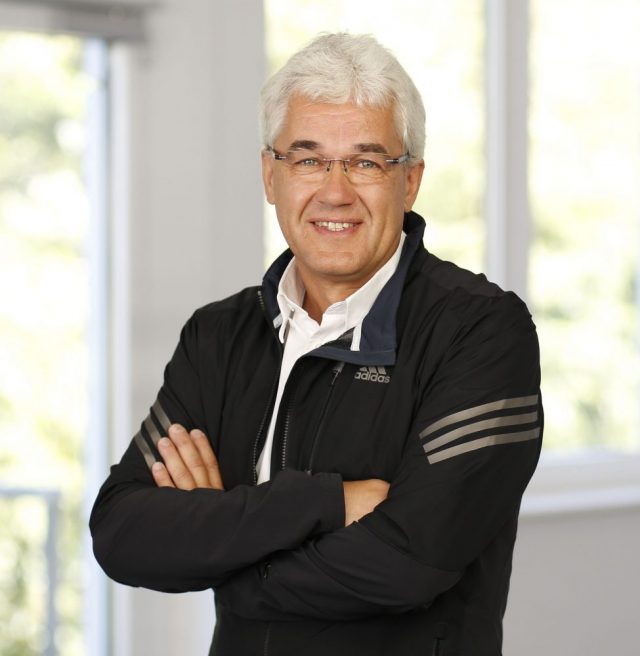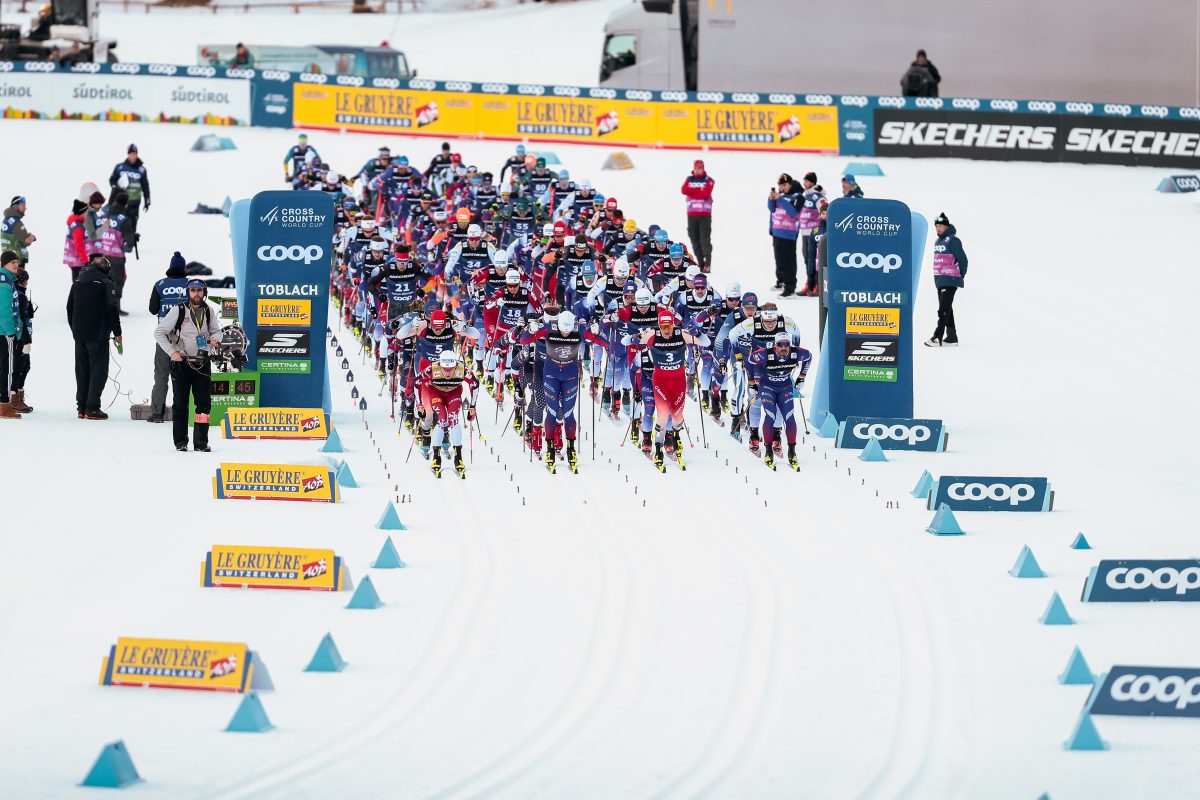In mid-March media outlets in Norway and Sweden reported complications with the proposed hand-held fluoro testing tool FIS plans to use next season to enforce their fluoro ban. Already, the ban was pushed back a year due to delays with accurately measuring per-fluoros residue on ski bases.
A group involved with developing the Fluoro Tracker (FT) as the testing device is known, released a paper last month titled “Detection of fluorine in skibases and skiwaxes.” The paper details the evolution of refining the FT’s ability to accurately detect fluoros. According to the paper, the FT now possesses a refined “evaluation algorithm”. Matthias Scherge, one of the lead developers of the FT, wrote in Snowstorm-Gliding the field tests to evaluate and refine the evaluation algorithm were conducted in Falun, Östersund, and Lenzerheide. Falun, the site of a cross-country World Cup where testing occurred on skis prepared by several national teams, served as the first of the three real-world field tests of the FT.

The news reported back in March regarding the FT’s inaccuracy cited test results from Falun. The information in Snowstorm-Gliding claims those tests were used to further modify the FT’s evaluation algorithm.
“The tests served to optimize the evaluation algorithm,” states the paper in Snowstorm-Gliding. “During the first tests in Falun, a non-optimized version was used, which still unsatisfactorily reflected the condition of the skis. Based on the information provided by the ski technicians, the algorithm was refined and a much improved version was used in Östersund and Lenzerheide. The quality of fluorine detection is thus dependent on the quality of the information provided by the ski technicians. Laboratory tests were performed in parallel to improve the correlation between preparation condition and FT measurement results.”
The paper also discusses how the FT functions. For now, the International Ski Federation has not made a public statement regarding the viability of the 2021-2022 fluoro ban.
You can find the full Snowstorm-Gliding paper titled “Detection of fluorine in skibases and skiwaxes,” here.
Jason Albert
Jason lives in Bend, Ore., and can often be seen chasing his two boys around town. He’s a self-proclaimed audio geek. That all started back in the early 1990s when he convinced a naive public radio editor he should report a story from Alaska’s, Ruth Gorge. Now, Jason’s common companion is his field-recording gear.



